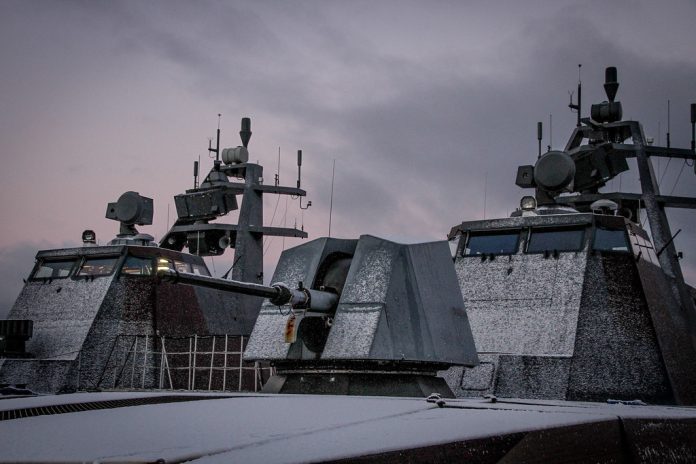
U.S. Navy aircraft carriers have long been celebrated as titans of the seas, projecting power and dominance with their massive size and formidable capabilities.
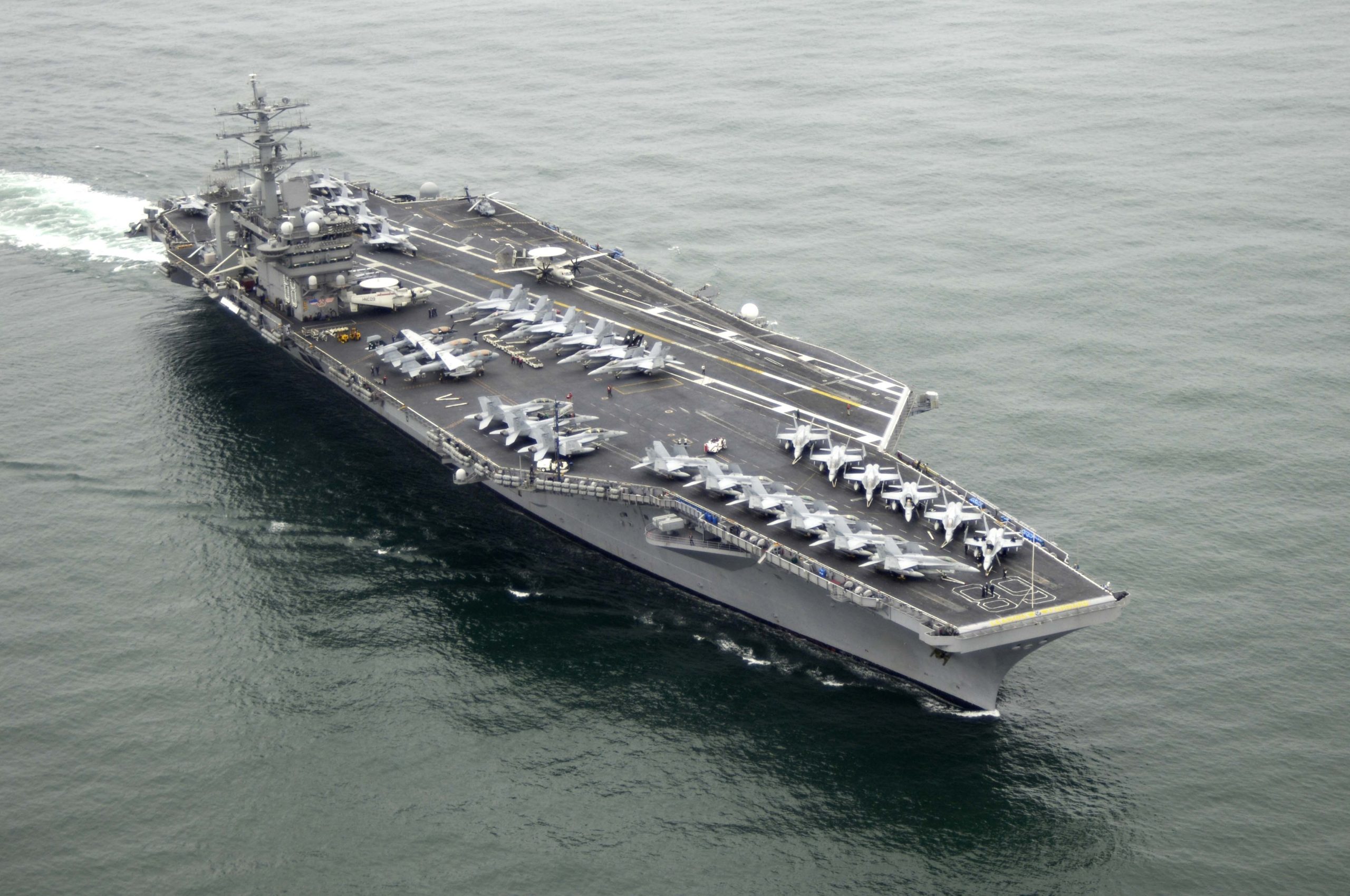
However, as modern technology evolves, these behemoths of maritime might now face a range of threats that could potentially send them to the depths.

The maritime world is abuzz with discussions about the various means through which a U.S. Navy aircraft carrier could be sunk, underscoring the ever-present need for vigilance and advancement in defense strategies.

The most pressing threat comes from hypersonic missiles, which can travel at extreme speeds and potentially evade current defense systems.

Another danger lurks beneath the waves in the form of torpedoes. The history of sunken carriers tells a tale of the destructive power of these underwater missiles, and while anti-submarine defenses are robust, they are not foolproof.
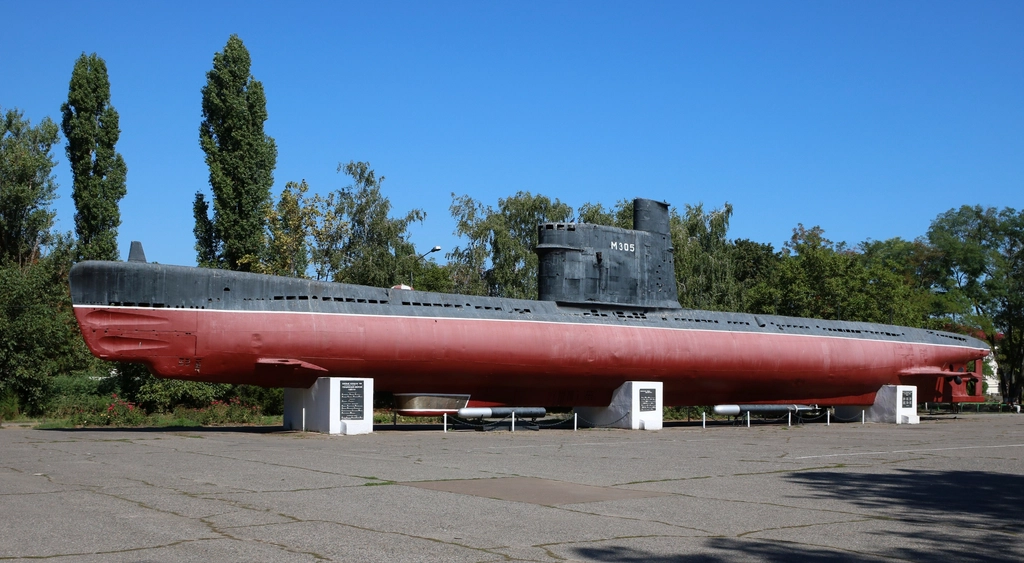
A chilling reminder of this vulnerability came when a small Swedish submarine evaded the defenses of a U.S. aircraft carrier, managing to land several “hits” during an early 2000s exercise.
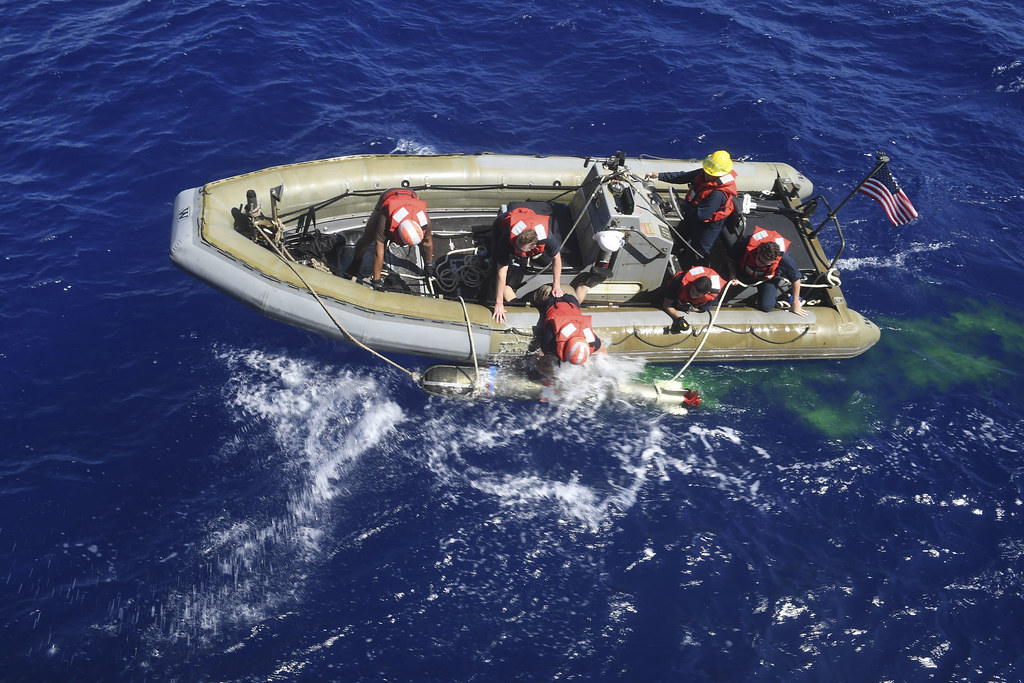
Adding to this is the fear of a new hybrid missile-torpedo weapon capable of transitioning from a missile to a torpedo in its terminal phase, presenting a complex challenge for carrier defenses.
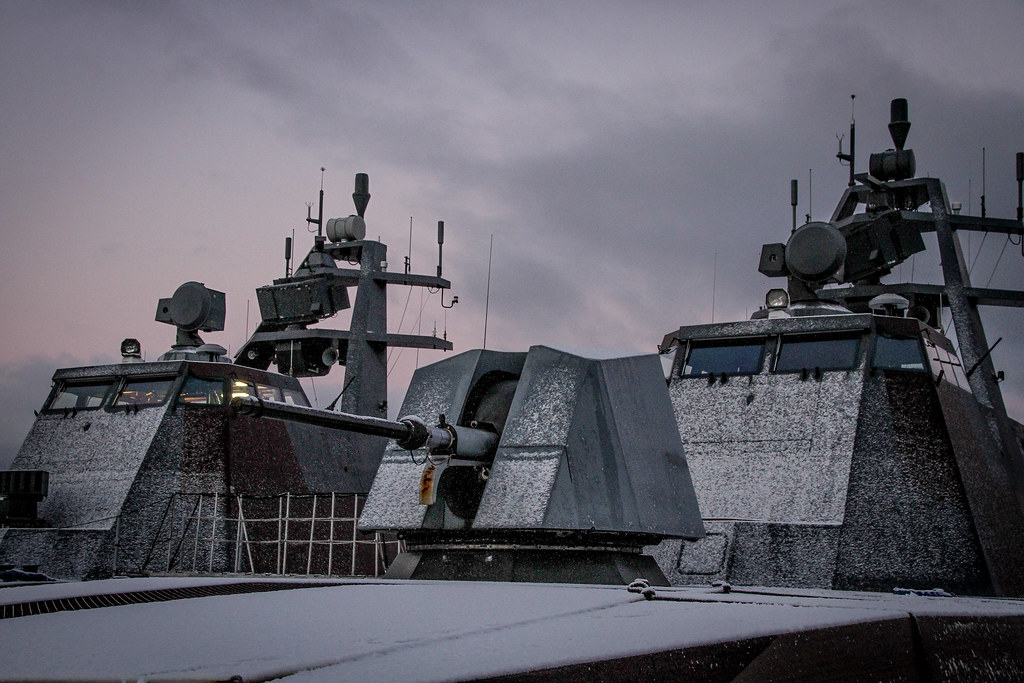
Apart from these heavy-hitters, aircraft carriers must also contend with swarms of drones and suicide boats, threats that may seem less powerful but are nonetheless dangerous due to their numbers and potential to overwhelm defenses.

Special operations forces employing stealth and sabotage could also target carriers, a tactic that proved effective in past conflicts as evidenced by successful attacks on battleships during World War II.
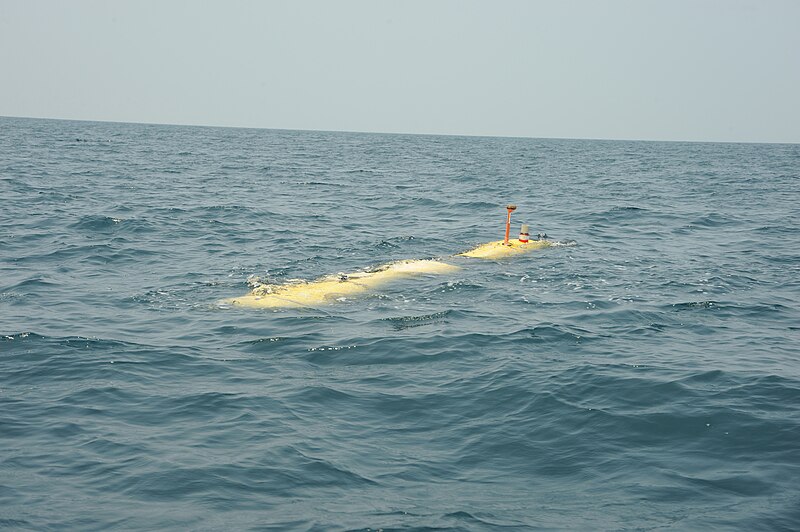
The Poseidon (Status-6), a Russian autonomous nuclear-powered underwater vehicle, and the Tsirkon hypersonic missile are also part of the conversation as emerging threats, with capabilities that include eluding radar and achieving speeds of about Mach 9.

These advanced weapons, along with the proliferation of low-cost drones that can operate effectively in maritime conflicts, have reshaped the spectrum of threats that modern navies face.

The unsettling truth is that while the U.S. Navy’s carriers are formidable and protected hundreds of miles out, the defensive screen is not impenetrable.
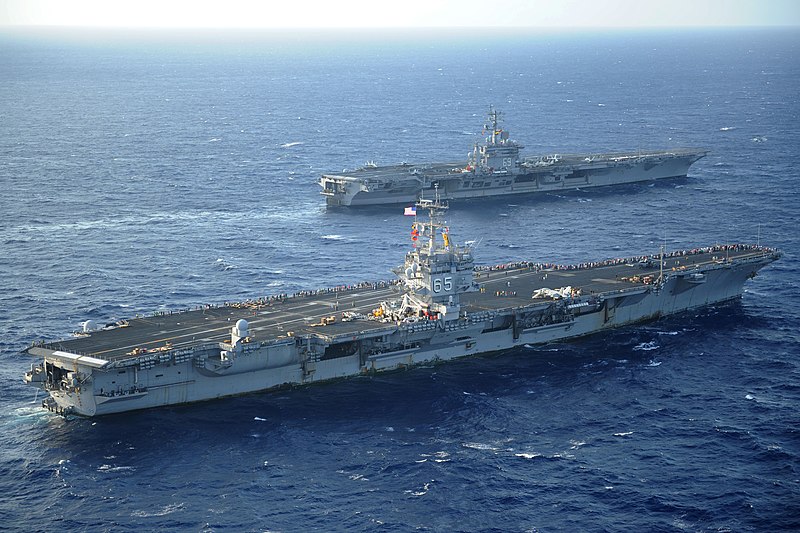
Historical incidents of close encounters between submarines and carriers during Cold War exercises, as well as recent near-misses with Chinese submarines, are stark reminders of the carriers’ vulnerabilities.

In light of these threats, naval intelligence and defense strategies must adapt and evolve. The AEGIS Combat System, while advanced, may not be sufficient against certain incoming munitions, and the last line of defense often falls to the Phalanx close-in weapon system. With adversaries continuously working on ways to sink these carriers, the U.S. Navy faces the daunting task of maintaining maritime superiority while safeguarding its vital assets in an ever-changing battlefield.

Relevant articles:
– 5 Ways to Sink a U.S. Navy Aircraft Carrier, The National Interest
– China Has 5 Ways It Can Sink a U.S. Navy Aircraft Carrier in a War, nationalinterest.org
– 5 Ways a U.S. Navy Aircraft Carrier Could Be Sunk in Battle, The National Interest
– How to Sink an Aircraft Carrier, Medium · David Axe
